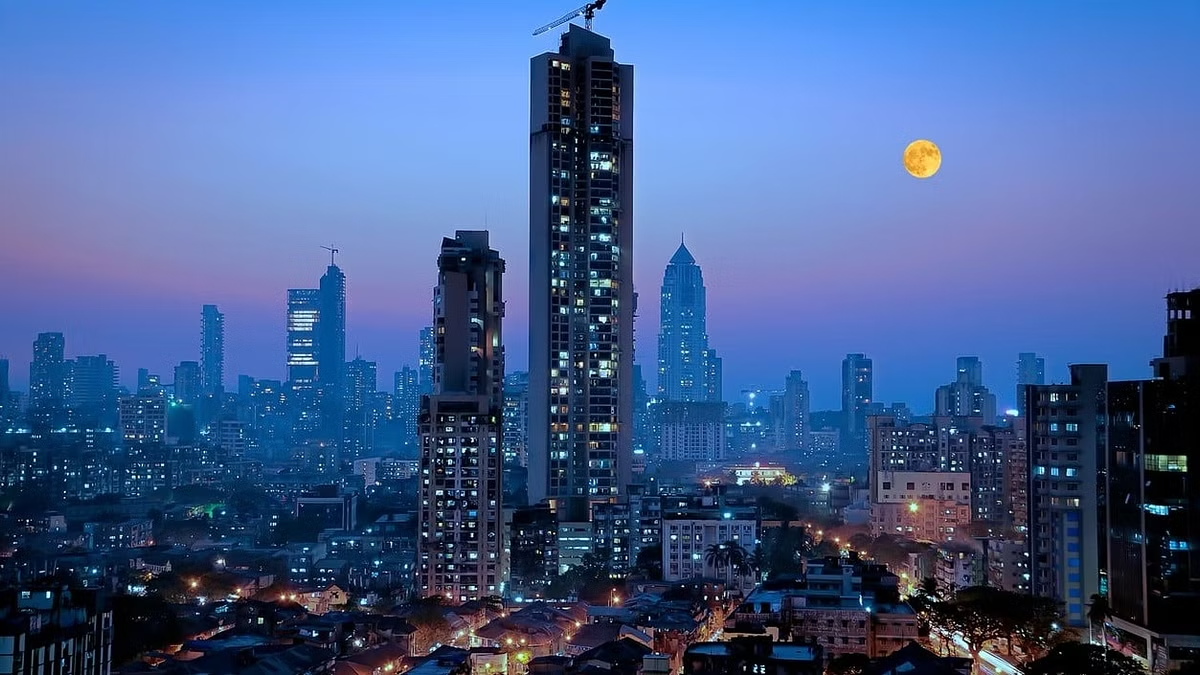Context:
A new study by the Indian Institute of Technology Bhubaneswar reveals that urbanization has caused nearly 60% more night-time warming in over 140 major Indian cities than in surrounding rural areas.
Key Findings of the Report:
Most Affected Cities: Ahmedabad, Jaipur, and Rajkot have the highest urban heat effect.
- Delhi-NCR and Pune ranked fourth and fifth in terms of night-time warming impact.
The Urban Heat Island Effect: Urbanisation contributes to the urban heat island (UHI) effect, where concrete and asphalt surfaces used in urban area absorb heat during the day and release it at night, increasing night-time temperatures. This phenomenon impacts other climate aspects, such as rainfall and pollution.
Mean Urban Effects:
- Urban Temperature Increase: Across the studied cities, urban areas experienced an average temperature rise of 0.2°C per decade.
- Contribution of Urbanisation: Urbanisation accounted for 37.73% of the total urban warming. This effect led to nearly a 60% greater temperature increase in urban areas compared to non-urban areas.
Regional Variations:
- Pronounced Night-Time Warming: Cities in the northwestern, northeastern, and southern regions of India exhibited a more pronounced increase in night-time temperatures than other regions.
- Urbanisation Impact: The contribution of urbanisation to night-time warming was particularly higher in eastern and central cities, where there is rapid development and urban expansion.
Overall Temperature Trends:
- Urban Night-Time Warming: Almost all cities in the study showed rising night-time surface temperatures, with an average increase of 0.53°C per decade.
- Nationwide Temperature Increase: The overall temperature trend indicated that most of India experienced an average temperature increase of 0.26°C per decade during the study period, affecting both urban and non-urban areas.
About the Urbanisation
- Urbanization refers to the movement of people from rural areas to urban centres.
- This process involves not only the population shift itself but also the decrease in the proportion of people living in rural areas and the ways societies adapt to these changes.
- The 2011 Census reported that 31.2% of India’s total population lived in urban areas. This figure is expected to rise to around 40% by 2030.
- As per the World Resources Institute (WRI) India Ross Centre, Presently, about 36% of India’s population resides in urban areas. This urban population is expected to double by 2050.

